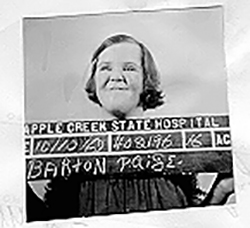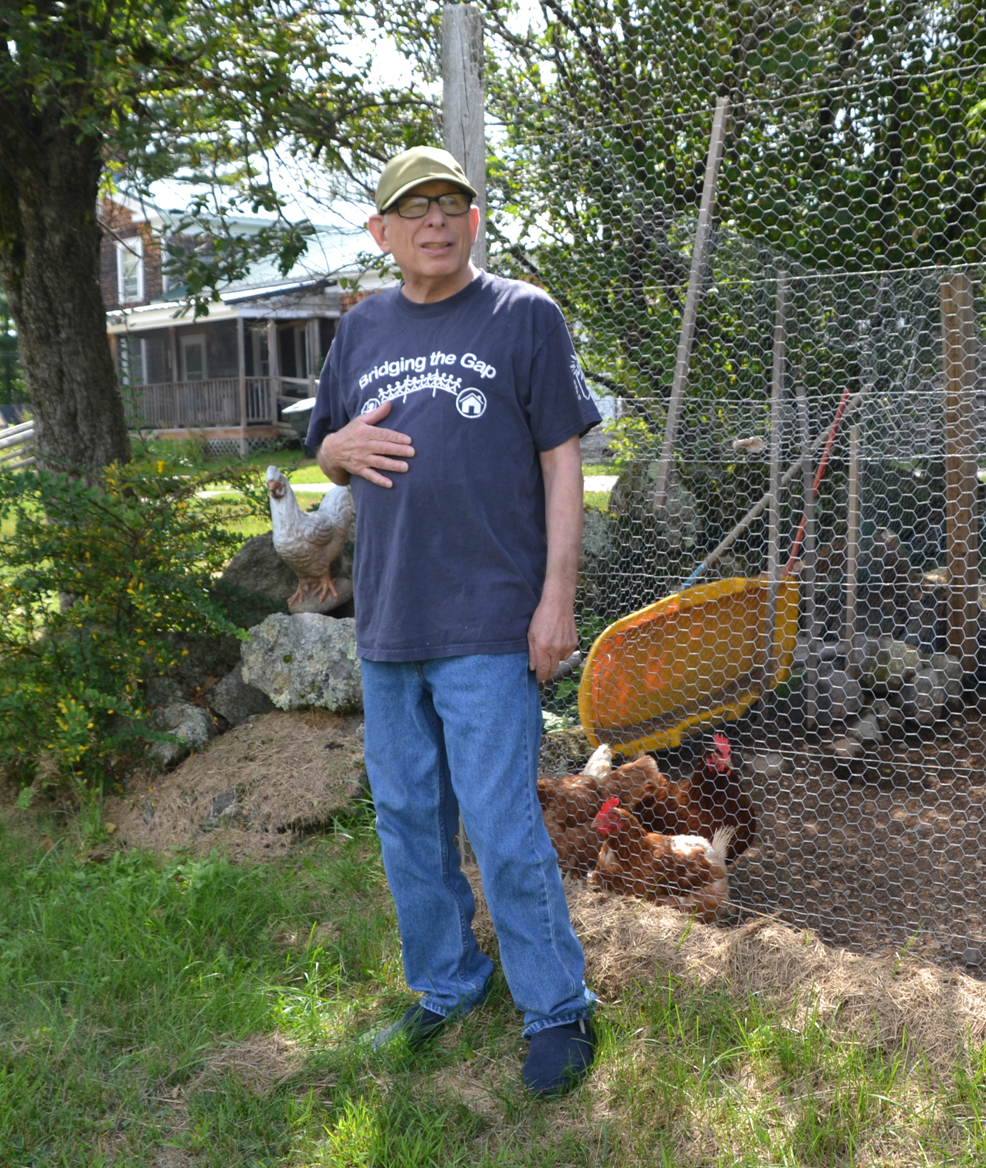The second decade of the 21st century ushered in big changes to state government. An economic downturn and a new administration ushered in alongside others in an austerity-based, small government movement led to budget cuts and staffing freezes at the Department of Human Services. Over this decade, waitlists for services exploded, especially for Section 21 services, which serve those who need daily support to live full lives.
In an attempt to consolidate and eliminate bureaucracy, in 2003 a bill was proposed at the Legislature to merge the Department of Human Services and the Department of Behavioral and Developmental Servicers (formerly the Department of Mental Retardation) into one department: the Department of Health and Human Services.
In February of 2000, in response to the federal Olmstead decision requiring services for people with developmental disabilities in the least restrictive environment possible, the Commissioner of the Department of Human Services created the Workgroup for Community-Based Living.
Despite a growing understanding that community-based services were a better choice for individuals than institutionalization, switching from a consolidated and hierarchical system to one of many service providers helping smaller numbers of clients follow personalized plans for success was difficult, and the path forward had many hurdles to overcome.
Born in 1802 in Hampden, Maine, Dorothea Lynde Dix became a fierce advocate for the poor and the mentally ill, who worked to create the first mental asylums in the United States.





